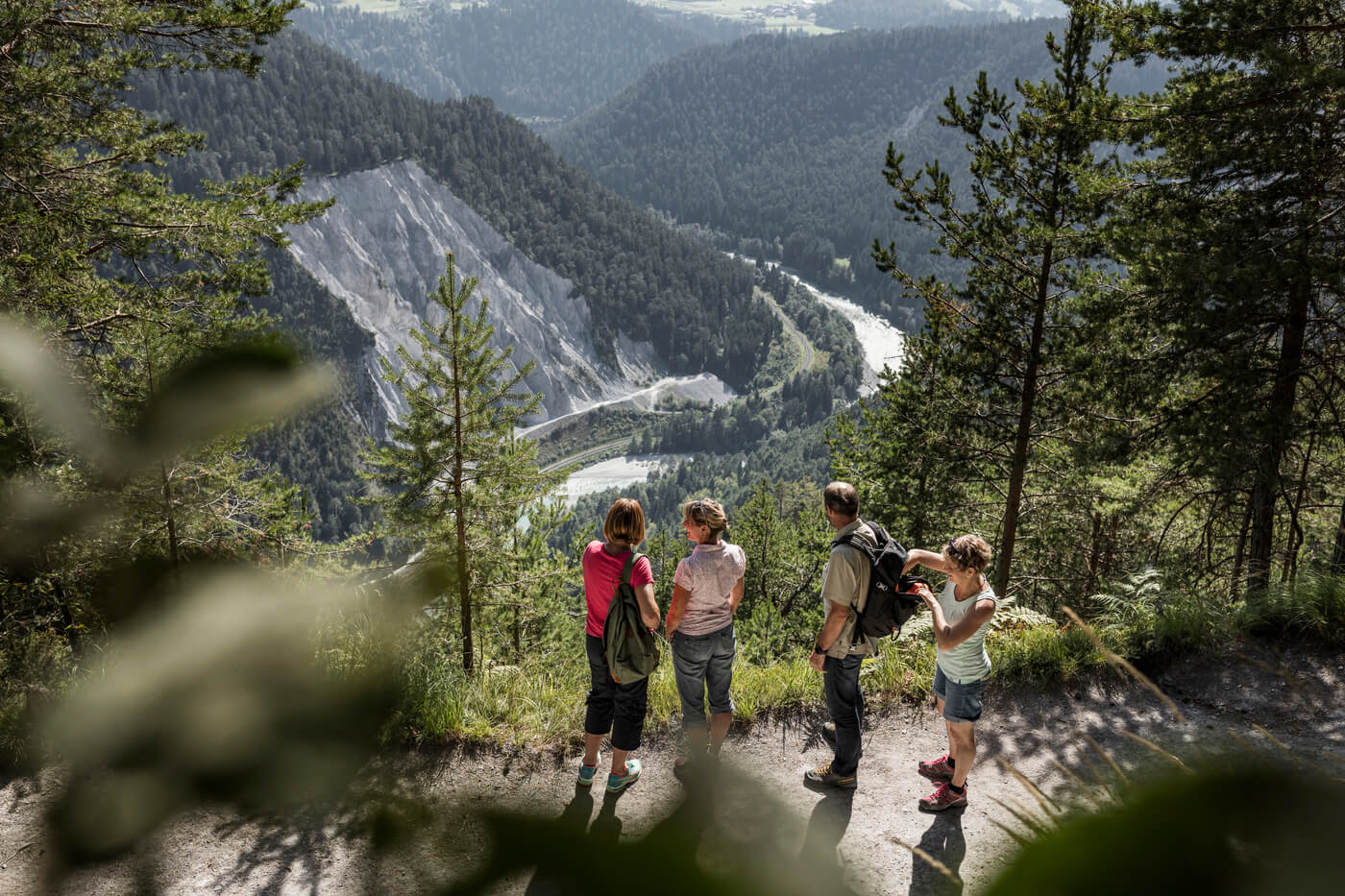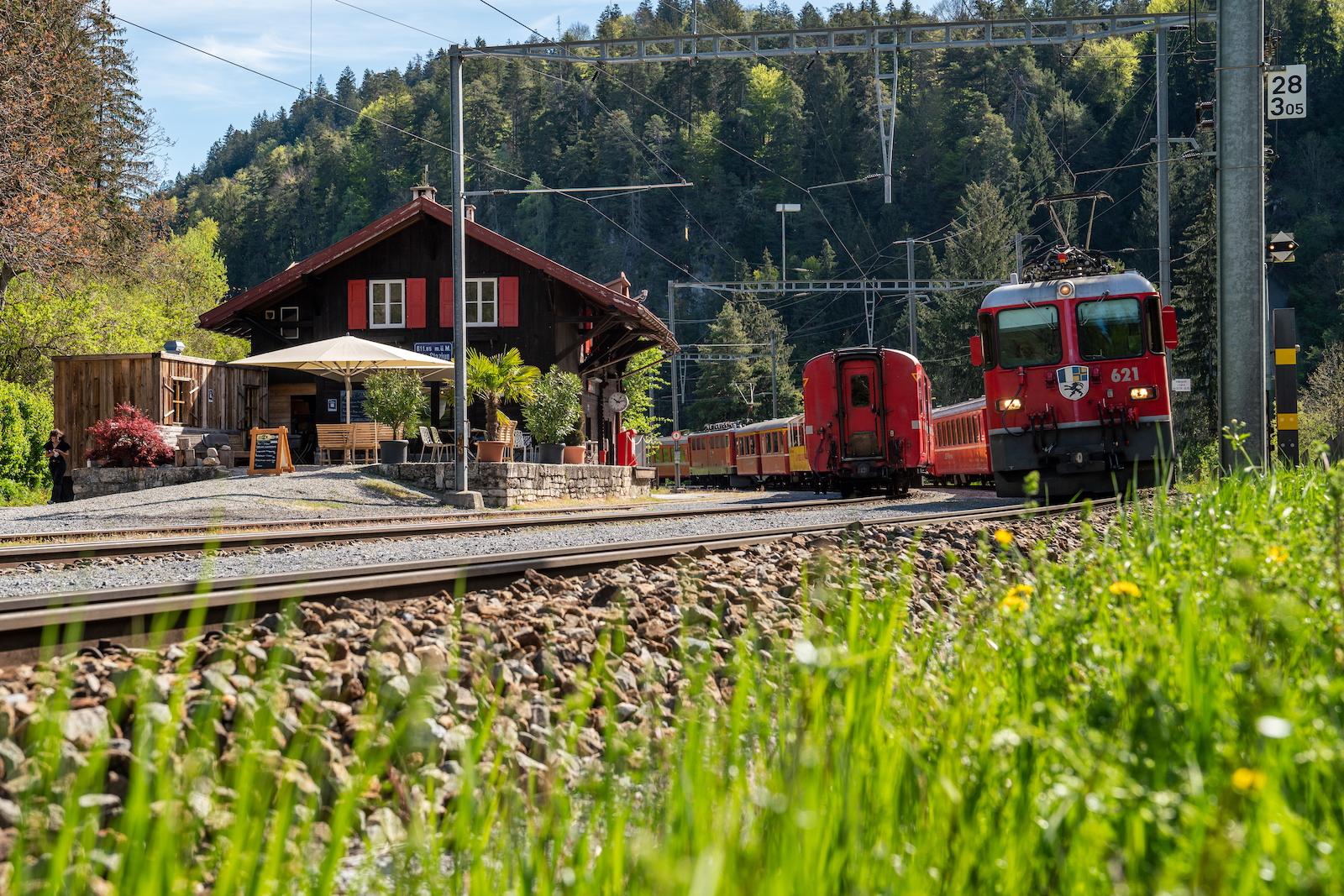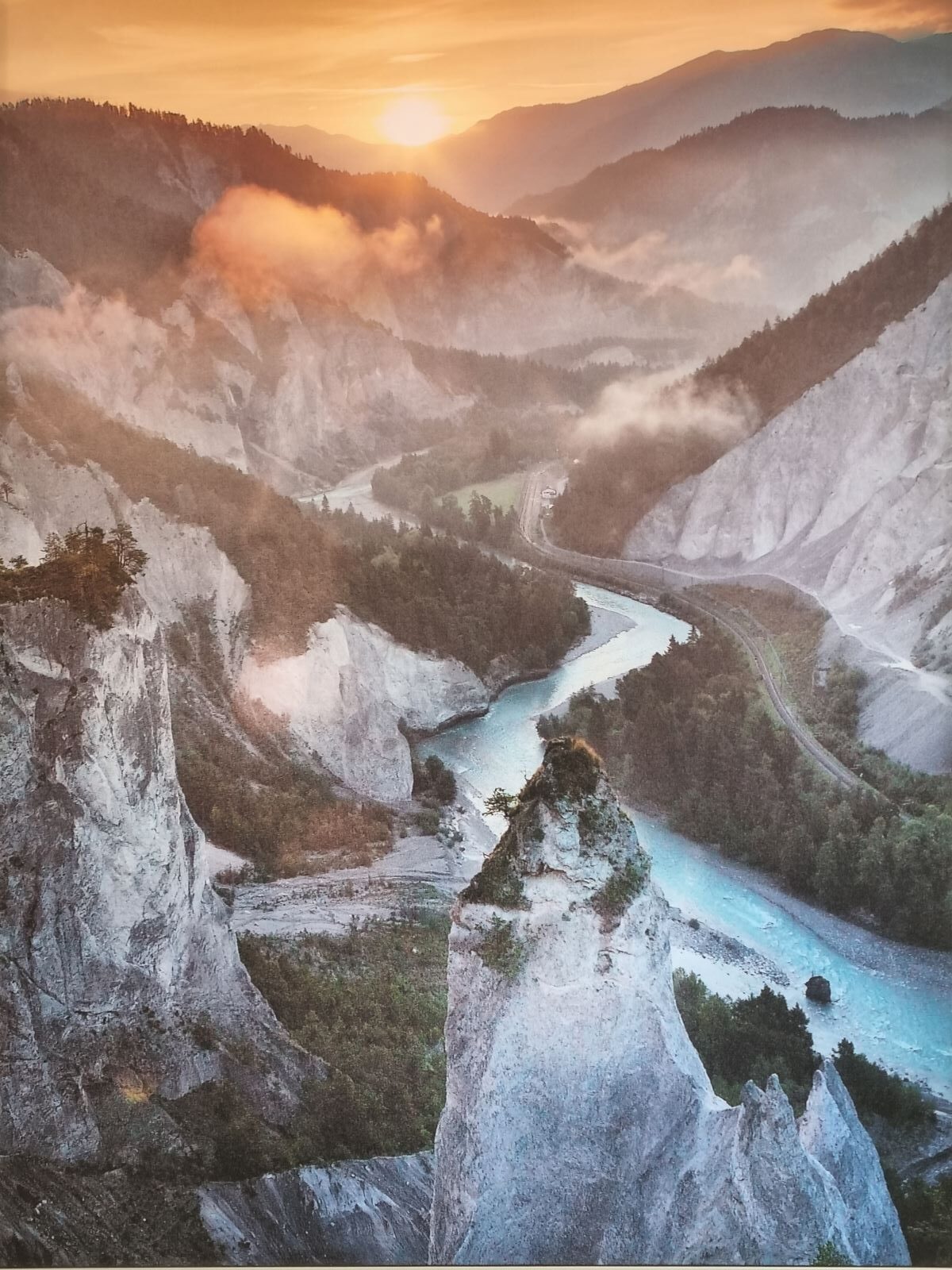Butterflies and insects
Terraviva
Referenzen.
Einen Einblick über das Tun und Wirken von Terraviva vermitteln Ihnen die aktuellen und abgeschlossenen Projekte.
Camberwell Beauty
With its 7.5 cm wingspread is the Camberwell beauty one of the largest brushfoots in Switzerland. Contrary to the most butterflies, it has a long lifespan and can be observed almost the whole year. It hibernates as butterfly for instance in knotholes or behind loose bark. In June/July, it is in its seasonal break. During this time, you can find its caterpillars, which feed from leaves of birches or willows.
White Admiral
The white admiral is a resident of the riverside forests. From mid-June to mid-August you can watch them in whole groups, which linger on the ground in the Rhine Gorge. They suckle in humid locations or on animal faeces. The caterpillars feed mostly leaves of the dwarf honeysuckle. End of summer they build a funnel-shaped construct in which they hibernate individually.
Black Veined-White
The black veined-white, with its wingspread of up to 6.5 cm, counts to one of the largest in the family of the white butterflies. The caterpillars hibernate in groups in a nest of spun leaves. In spring, they separate to pupate individually. From mid-May to mid-July, the butterflies fly out and feed chiefly from red violet flowers.
Silver-Washed Fritillary
End of June until the beginning of September you can observe the orange glooming silver-washed fritillary. Preferably, it feeds from violet-blue or white blossoms in sunny forest edges or glades. During mating season, the male flies under the female to ooze a teasing odor. Shortly after the female alights to mate.
Mountain Apollo
The mountain Apollo lives chiefly on dry, rocky slopes. The caterpillars hibernate in the embryonic membrane and hatch as soon as it gets warm. The mountain Apollo caterpillars are food specialists. In the Rhine Gorge, they feed solely from the white stonecrop. The butterflies like thistles or other violet flowers that exist in dry locations.
Band-Winged Grasshopper
The blue band-winged grasshopper likes warm and xeric locations. The males are just half size compared to the females (up to 3 cm). With its grey color, it is hard to see and perfectly camouflaged between stones. Not before one comes to close, they jump in the air and spread their blue luminous wings.
Alpine longhorn beetle
Five years lives the grub of the alpine longhorn beetle in dead and sunlit beech wood. After hatching, the lifespan of this stunning blue and black beetle is approximately 4 weeks. This short time it spends as well on beech wood. Due to the high cultivation of the forests, the alpine longhorn beetle became a rarity. In the natural forest, preserve of the Rhine Gorge the deadwood remains long enough on the ground to ensure an undisturbed breeding.







